Sensor it is a kind of detection device, which can feel the measured information and transform the sensed information into electrical signals or other required forms of information output according to certain rules to meet the requirements of information transmission, requirements such as processing, storage, display, recording and control (for example, the oxygen sensor on the three-way catalyst is to detect the oxygen concentration in the exhaust and send a feedback signal to the ECU, that is, to convert the oxygen concentration into an electrical signal).
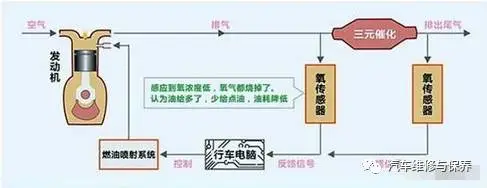
There are more than a hundred sensors on modern cars, which are mainly used for measurement (Automobile Instrument and indicator light system) and control (automobile electronic controlling system).
1. Used for measuring working state parameters and limit parameters
In the automotive instrument system, the function of sensors of various instruments is to convert physical parameters such as engine temperature, oil pressure, engine speed, transmission output shaft speed, fuel tank oil level and so on into corresponding voltage, current or electrical pulse. And drive the corresponding instrument action to display the corresponding measured parameters. When the measured value reaches the preset limit value, the indicator light will alarm.
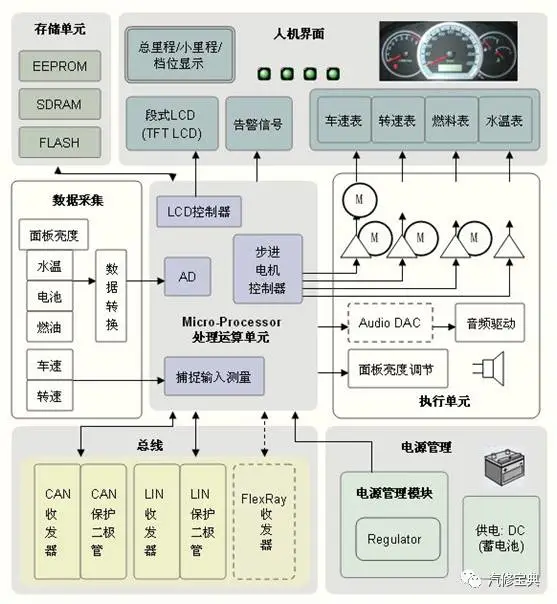
2. It is used to realize various automatic control of automobiles.
Automobile Electronic controlling system consists of sensors, electronic controller (ECU) and actuators. In automobile electronic controlling system, the function of the sensor is to convert the relevant parameters of the controlled object into corresponding electrical signals and transmit them to the controller, after analyzing and judging the working condition and state of the controlled object according to the signals of relevant sensors, the controller outputs control signals and realizes automatic control through actuators. Electronic control system is divided into engine electronic control system, chassis electronic control system and body electronic control system.
1) the engine electronic control system includes control functions such as fuel injection control, ignition control, engine Lac idle air control, and carbon canister ventilation control.
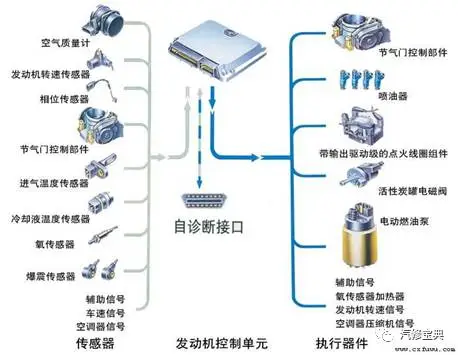
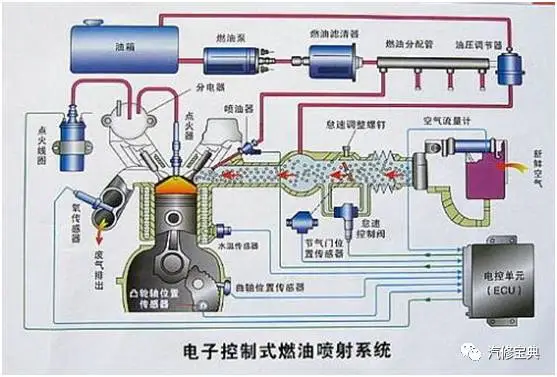

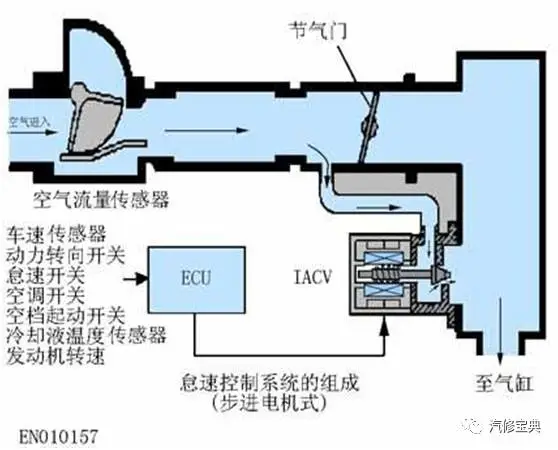

2) chassis electronic control system includes anti-lock control system (ABS), anti-skid electronic control system (ASR), suspension electronic control system, automatic transmission electronic control system, cruise control system, etc.

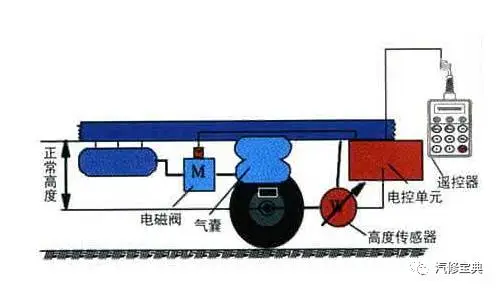
3) body electronic control system includes airbag system, automatic air conditioning system, electronic instrument panel system and anti-theft system.
